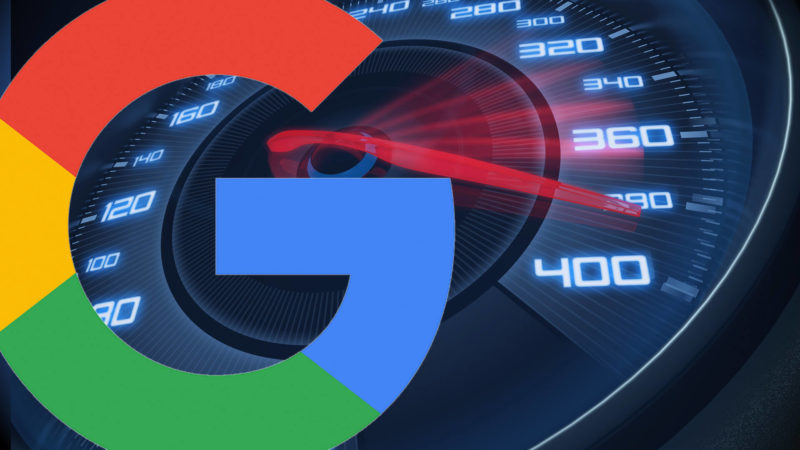Google announces AMP speed and viewability enhancements for ads
Utilizing "Fast Fetch" ad request and rendering, ads served on AMP (Accelerated Mobile Pages) will now be faster, and potentially will improve viewability rates.
Yesterday, Google’s AMP (Accelerated Mobile Pages) group announced enhancements to ads served in AMP. Specifically, the project has entered phase two of its three-phase plan for supporting comprehensive advertising functionality in AMP.
While phase one focused on basic support for ads within AMP, phase two focuses on speeding up AMP ad rendering, utilizing what they call “Fast Fetch” — separating the ad request from the ad rendering. Fast Fetch — vs. their previous method, “Delayed Fetch” — allows the ad request to happen while the page content is being rendered, and then only renders the ad before the ad slot is in view for the user.
From their announcement:
With Fast Fetch, ads are requested much earlier in the lifecycle of the page, allowing page rendering and creative selection in the ad server to happen in parallel. Fast Fetch is 850ms faster at the 50th percentile and 2.7s faster at the 90th percentile as compared to Delayed Fetch.
Ads that are created using the AMP ad spec get an extra performance boost with this new method. Publishers and advertisers using DoubleClick and AdSense are already going to see this benefit, as those platforms automatically convert eligble ads to the AMP Ads format. The AMP spec group is encouraging creatives to switch to developing AMP Ads, and ad tech platforms/networks to begin using Fast Fetch for their ad tags.
This new method not only improves overall content and ad rendering time, it assists in raising the viewability metric for ads, an area of signficant concern for advertisers (and a problem for publishers).
Features being planned (no dates specified) as part of the Fast Fetch rollout include:
- competitive exclusions and roadblocks for AMP pages.
- ability to refresh ads at a configurable frequency.
- support for enhancing ad requests with targeting information to the ad server in real time.
Looking for more information on implementing AMP, AMP ads and AMP landing pages? Join me for a special AMP webinar,and then for these sessions at our SMX conference:
- AMP: Do Or Die? ~ publishing, e-commerce and technical experts will discuss the whys, why nots, benefits and cautions on adoption of AMP.
- Getting AMPed: Essential Info About Google Accelerated Mobile Pages ~ technical experts on AMP implementation will discuss how to get up and running on the platform.
Opinions expressed in this article are those of the guest author and not necessarily Search Engine Land. Staff authors are listed here.
Related stories


